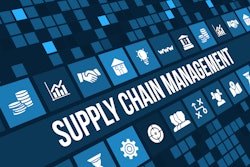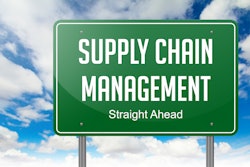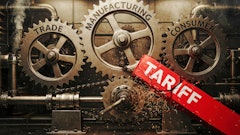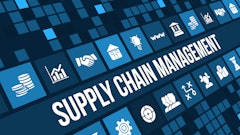
Businesses are dealing with soaring costs and uncertainty due to shifting trade policies and the threat of tariffs. At the same time, there is increasing scrutiny from both consumers and regulators to make supply chains more ethical, transparent and environmentally sustainable.
These economic and ethical pressures have pushed many companies to reevaluate their sourcing strategies. Instead of relying on a single factory, or a single region, to carry out all production of goods, many have made the decision to diversify their supplier bases by looking for factories in new countries. In doing so, they are spreading their risk and seeking to increase the resilience of their supply chain.
While diversifying sourcing can help brands to build more resilient supply chains, it also brings with it a new set of challenges.
Complexity of sourcing new suppliers
If a business has been relying on a single supplier or country for many years, expanding your supplier base can be daunting. Procurement teams may lack the knowledge, tools or local insight to identify and vet new partners, especially in unfamiliar locations where companies don’t have any on-the-ground presence.
This sourcing process is further complicated by the internal misalignment that can exist between procurement and ESG teams within businesses. There may be a lack of collaboration between these two departments as both can have very different priorities.
Typically, procurement teams are focused on the immediate priorities of cutting costs, sticking to delivery timelines and keeping production on track. Meanwhile, ESG teams are concerned with long-term ESG business objectives including carbon emission reductions, protection of workers’ rights and adherence to social compliance standards. This should not be in conflict but in synergy. A responsible supplier will be a good business partner.
Such misalignment can be an issue in identifying the right partner. For example, a factory may promise competitive pricing and fast delivery, but also use unsustainable materials, pay its workers insufficient wages or lack access to proper grievance channels for staff.
When these ESG concerns are overlooked during the sourcing process, the risks are huge. Working with an unethical supplier can not only result in legal penalties and failed audits for the brand, but lead to reputational damage and increased costs in the long-run, as the company will be forced to start the sourcing process all over again.
Overcome onboarding challenges
Onboarding a new supplier involves more than just agreeing to the partnership and signing a contract. It’s about understanding how the supplier operates, how workers are treated, its environmental impact and whether it can align with the brand’s values. This becomes even more complicated when the language, culture and regulations in the country are unfamiliar.
Similarly, the new supplier will need to adapt and understand the brand’s expectations, ways of working and international standards. If the supplier is able to do this, it will be well placed to meet the needs of the business and its customers.
Maintain ethical practices
Successful companies are able to balance both financial and ESG goals in the search for a new supplier. Adopting a clear framework during this process can help to ensure that chosen suppliers are operating ethically and looking after their people.
This might include looking at the maturity of suppliers’ social compliance systems and understanding whether there are measures in place to support worker wellbeing and ensure safe workplace conditions.
Does the factory have an effective grievance mechanism in place, for example, that allows employees to raise concerns without fear of retaliation? Are there policies that help to support working parents and provide access to childcare?
Factories that invest in their workforce tend to enjoy lower employee turnover rates and better productivity, both of which also matter to procurement teams.
Going beyond onboarding
The work doesn’t stop once a new supplier has been onboarded, however. Brands should be looking to build long-term strategic partnerships with their suppliers, with regular check-ins, open communication and ongoing support.
In new or unfamiliar locations, it can be beneficial to work with a specialist partner, who can act as a bridge between the chosen supplier and their business. These partners understand the local culture, can provide training on social compliance and ensure that the supplier has the support it needs to make the relationship a success.
Investing in this kind of support not only benefits the factory workers and management teams, but also strengthens the whole supply chain. A supplier that feels engaged and empowered is more likely to respond proactively to issues and get the best out of its workforce.
Aligning procurement and ESG isn’t just about internal efficiency, it’s about building a supply chain that is resilient and responsible. The two need to see themselves not as competing interests, but strategic partners with a shared goal to improve the way suppliers are sourced.




![Pros To Know 2026 [color]](https://img.sdcexec.com/mindful/acbm/workspaces/default/uploads/2025/08/prostoknow-2026-color.mduFvhpgMk.png?auto=format%2Ccompress&bg=fff&fill-color=fff&fit=fill&h=100&q=70&w=100)







![Pros To Know 2026 [color]](https://img.sdcexec.com/mindful/acbm/workspaces/default/uploads/2025/08/prostoknow-2026-color.mduFvhpgMk.png?ar=16%3A9&auto=format%2Ccompress&bg=fff&fill-color=fff&fit=fill&h=135&q=70&w=240)







